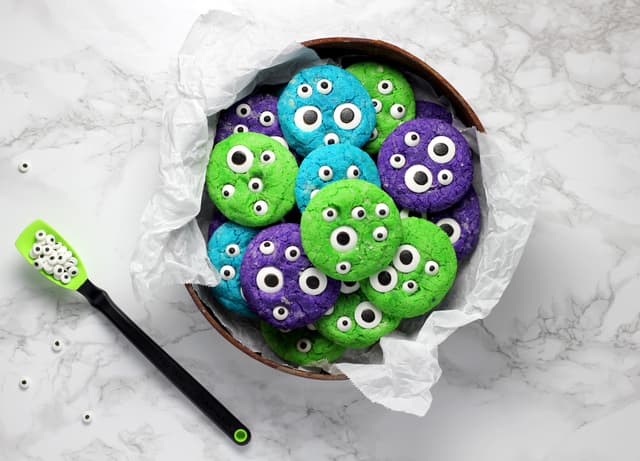
6 Ways to Get Your Kids into Gardening
Summer is here and what better way to enjoy some family time together than to get out in the garden!
There are so many fabulous benefits to being outside (improved physical and mental health being high up on the list), and nurturing a love of gardening in children can give them a lifelong passion for the great outdoors.
Gardening can help children’s sensory development and concentration, as well as teach them about nature, healthy living and the environment.
So, with this in mind, here are some family-friendly gardening activities to get your kids into gardening.

- Grow your own fruit and veg
Children will love sowing seeds and watching them grow into delicious fruit and vegetables they can eat!
Strawberries are easy to grow and can be planted in containers if you don’t have space in the garden. Some peppers change colour from green to yellow or red as they mature. Plant them in a greenhouse or on a sunny windowsill and pick them when they reach full size. Courgettes, lettuce and peas are easy to grow in the garden (and shelling peas is a fun activity to involve the kids with!). Tomatoes come in all sorts of sizes, shapes and colours. They can be planted in grow bags or even hanging baskets. Now is the time to sow some pumpkin seeds in preparation for Halloween (leave the fruit on the plant for as long as possible and pick when the stem cracks).
Cress heads are fun to make with the kids and will grow quickly indoors on a sunny windowsill, so youngsters will be introduced to the great taste of fresh veg in a matter of days! All you need is an empty yogurt pot, some cotton wool and cress seeds. Decorate the outside of the yoghurt pot using pens, then wet some cotton wool balls in water, squeezing off any excess. Place the cotton wool balls in the yogurt pot and sprinkle cress seeds over them. They should start to grow in a few days.
Teaching children how to grow fruit and vegetables is a worthwhile endeavour that will encourage healthy eating and inspire them to cook with fresh ingredients straight from the garden. There are lots of seeds available to buy in garden centres or online. For more information about how to sow seeds visit the RHS website: https://www.rhs.org.uk/propagation/sowing-seed-outdoors

- Introduce insect-friendly plants
Encourage insects like bees and butterflies into your garden by growing plants that will attract them. Children can then identify your new garden visitors and learn more about the insect world, and even take part in nationwide wildlife surveys.
https://www.buglife.org.uk/get-involved/surveys/
Butterflies will visit all gardens, whatever the size, and like to feed on nectar plants in a warm, sunny spot. Among their favourite plants are lavender, Verbena bonariensis, buddleia, red valerian, hebe and field scabious.
Plant bee-friendly plants in the garden or in pots to provide them with the nectar and pollen they need to survive. There are lots to choose from, including campanulas, foxgloves, hollyhocks, delphiniums and hardy geraniums.
Butterflies and bees are becoming endangered as a result of climate change and loss of habitat so it’s important we do our bit to encourage them into our gardens and also educate children about wildlife conservation.

- Make a bug hotel
Make a safe haven for wildlife in your garden or outside space by building a bug hotel with lots of places for them to shelter and hide. You can attract all sorts of creatures, from bees and ladybirds to frogs and hedgehogs. Place some bricks on the ground, then put layers of wooden pallets on top of them. Add a roof using old tiles or wooden planks and fill in the gaps with bark, dry leaves, straw, sticks and small bamboo tubes. Children will love creating a safe place for their wildlife guests to inhabit.
- Plant a herb container
Fresh herbs are fabulous to cook with and are great to grow in pots. You can create your own herb containers by planting wonderfully fragrant herbs like mint, rosemary, basil, oregano, chives and thyme – all of which can be used to add flavour to family meals.

- Build a small pond for wildlife
Even a mini pond will encourage an abundance of wildlife to your outside space. You can use an old pot or washing-up bowl to make a pond – just make sure that creatures can get out by putting in logs or stones or a ramp for them to use to climb out safely. Place a few water plants in your pond, and wait for creatures like dragonflies and frogs to pay a visit!
https://www.wildlifetrusts.org/actions/how-create-mini-pond

- Get creative!
Give your kids some summer projects using materials you already have in the garden. Clean up some old plant pots and let them paint and decorate them in bright colours and patterns. Make pictures out of dry leaves by painting the rough side of the leaf and pressing it onto paper and card. Children could also make animal pictures using leaves or do leaf rubbings by planning a piece of paper over the leaf veins and rubbing it with a crayon. Flowers can be pressed in a flower press or in between parchment paper in the pages of books. Children can then use the dried flowers to make greeting cards or pictures.
https://www.countryliving.com/uk/create/craft/a110/learn-the-art-of-flower-pressing/






